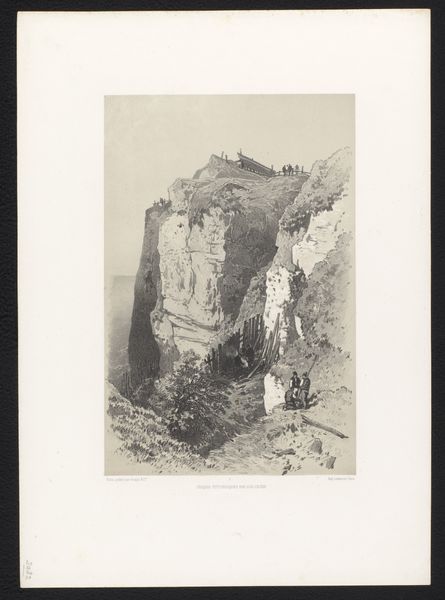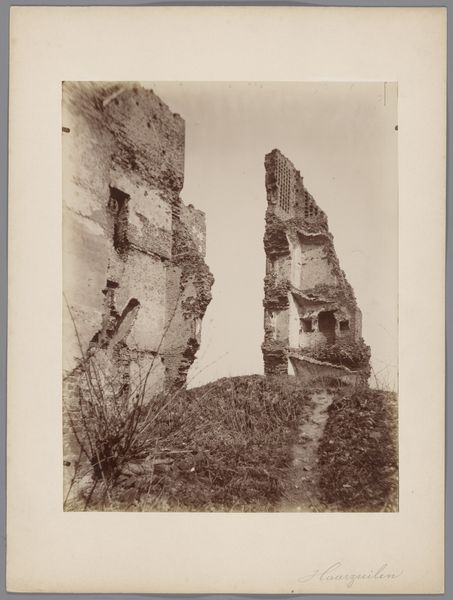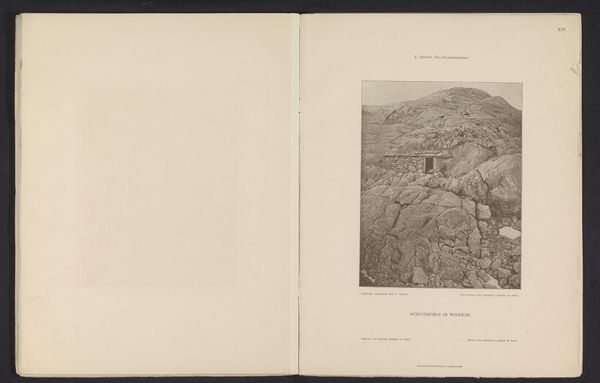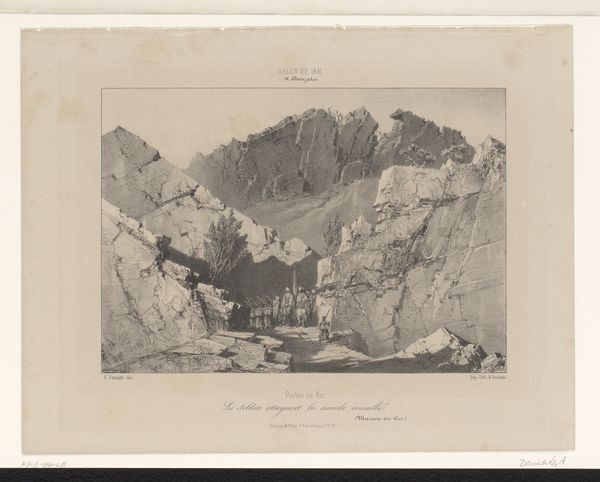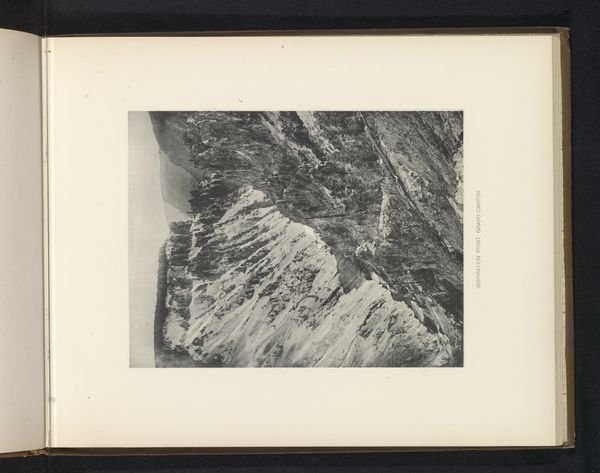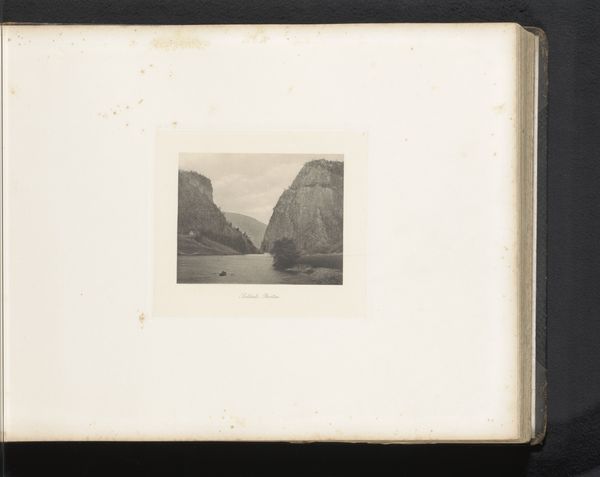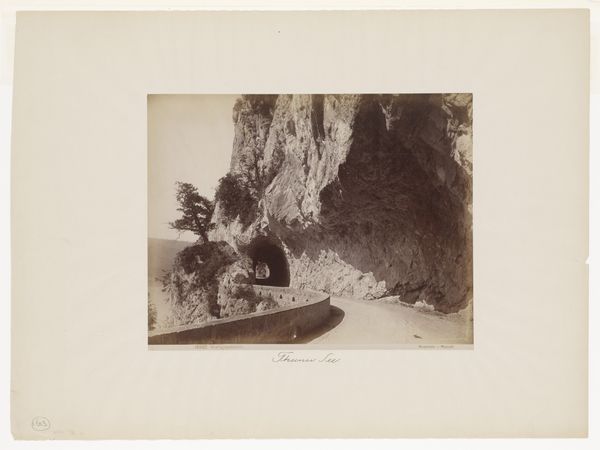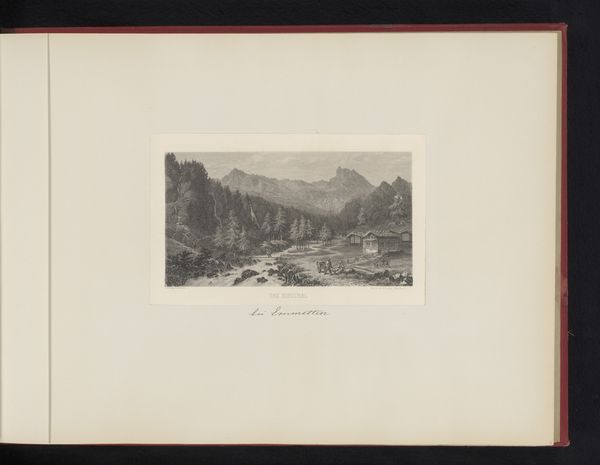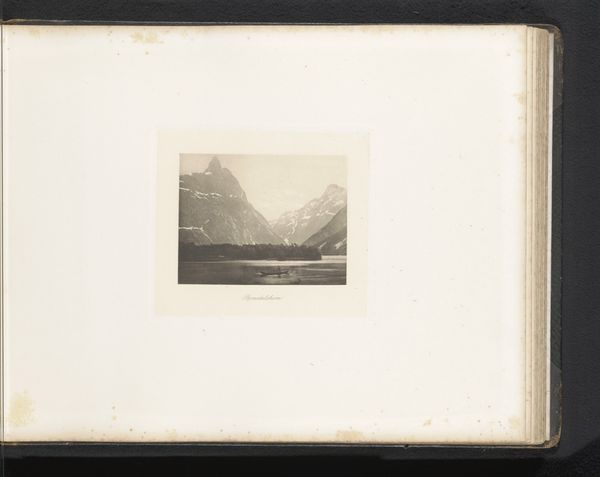
Façade van de tempel van Hathor en Nefertari bij Aboe Simbel before 1859
0:00
0:00
francisfrith
Rijksmuseum
photography, architecture
#
landscape
#
ancient-egyptian-art
#
photography
#
ancient-mediterranean
#
architecture
#
building
Dimensions: height 162 mm, width 226 mm
Copyright: Rijks Museum: Open Domain
This photograph of the Temple of Hathor and Nefertari at Abu Simbel was made by Francis Frith, sometime in the mid-19th century, using a process called albumen print. This was a cutting-edge technology at the time, involving coating paper with egg white and silver nitrate. The albumen gives the print its glossy surface and fine detail, a marked departure from earlier photography. But it also introduces a degree of separation. We're looking at an image of a monumental, ancient site through a relatively new industrial process. Think of the labor involved: mining the silver, raising the chickens for eggs, preparing the chemicals, not to mention the effort of lugging this equipment to the Egyptian desert. Frith was among the first to photograph many regions of the Middle East, establishing a visual record and fueling European fascination. His photographs, mass-produced and widely distributed, speak to the complexities of image-making, labor, and the global circulation of culture. This was all part of a burgeoning tourist trade, selling the romance of antiquity. It reminds us that even the most apparently straightforward image has a deep and complex history.
Comments
No comments
Be the first to comment and join the conversation on the ultimate creative platform.
